Nestled in the breathtaking fynbos landscapes of South Africa’s Western Cape, Leucadendron discolor, also known as the “Colorful Conebush,” is a true testament to nature's artistry. This remarkable member of the Proteaceae family isn’t just a plant—it's a visual spectacle that celebrates life and resilience. Let’s dive into the fascinating world of this vibrant shrub and discover what makes it so special.
Here’s the scientific classification of Leucadendron discolor in a simplified format:
Kingdom: Plantae
Clade: Angiosperms
Clade: Eudicots
Order: Proteales
Family: Proteaceae
Genus: Leucadendron
Species: Leucadendron discolor
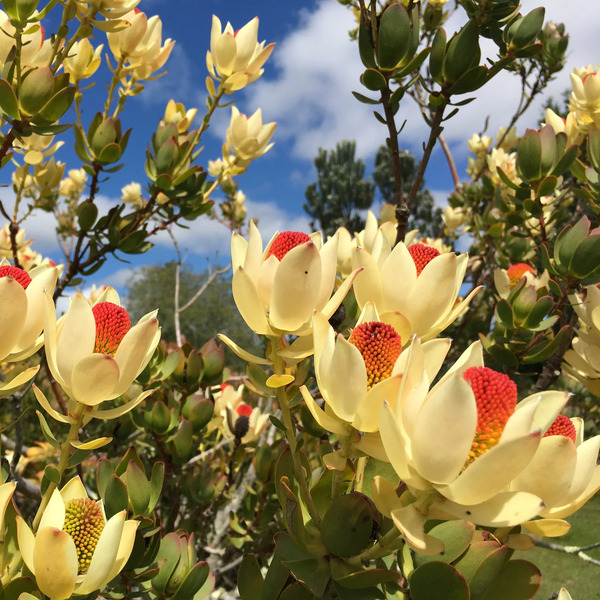
The name Leucadendron discolor carries a hint of its personality. “Leucadendron” is derived from Greek, meaning “white tree,” while “discolor” refers to the plant’s signature characteristic: its dual-colored foliage and bracts. These striking hues, which change throughout the growing season, make it a standout in the wild.
Although it’s commonly referred to as a conebush, this species doesn’t bear true flowers in the conventional sense. Instead, its colorful bracts create a floral illusion that attracts pollinators—and human admirers alike.
This hardy shrub grows between 1.5 and 2 meters tall, with an upright, bushy structure. Its dense foliage and distinctive color gradients make it an unmissable feature of the fynbos biome.
The bracts and leaves are the real show-stoppers. During the flowering season, the bracts transform into an array of yellow, orange, and red hues, contrasting with the silvery-green leaves. These bracts surround the flower heads, serving as a beacon for pollinators such as bees and birds.
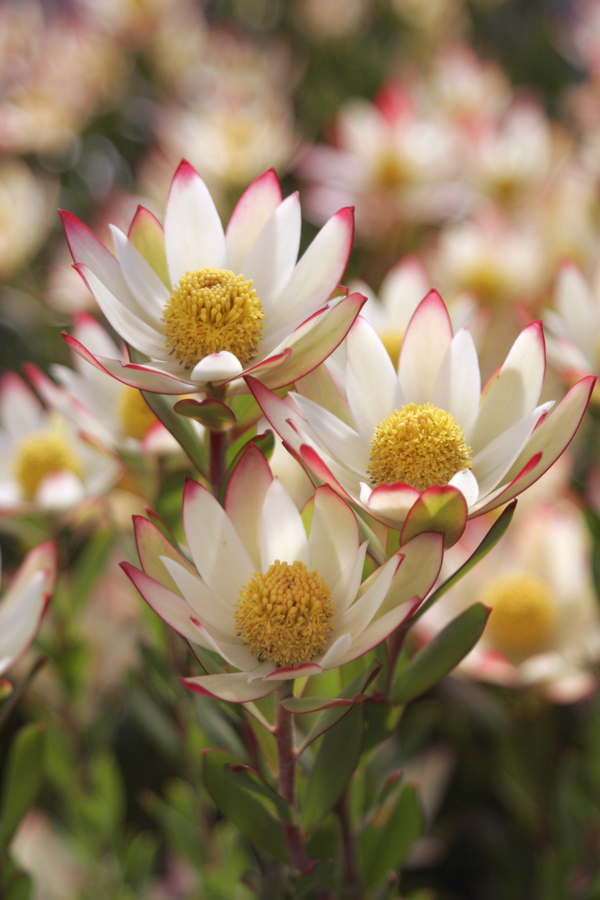
The actual flowers of Leucadendron discolor are small and nestled within the bracts. Male and female flowers are found on separate plants, with females producing the signature cones that give the plant its common name. After pollination, these cones develop seeds, which are dispersed by wind or fire—a fascinating survival strategy unique to the fynbos ecosystem.
The fynbos is known for its challenging environment, including nutrient-poor soils, periodic droughts, and frequent fires. Yet, Leucadendron discolor thrives in this seemingly inhospitable terrain.
Fire plays a vital role in the life cycle of many fynbos plants, including Leucadendron discolor. The cones protect the seeds from the heat, only releasing them after a fire clears the surrounding vegetation. This ensures that new seedlings have access to sunlight, water, and nutrients, giving them the best chance to grow.
The plant's seeds are equipped with wing-like structures, enabling them to travel short distances with the wind. This clever adaptation ensures that the next generation spreads across the landscape, maintaining genetic diversity and ecological balance.
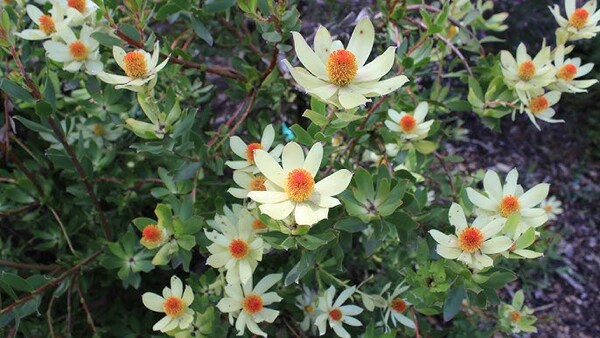
Leucadendron discolor is more than just a pretty face; it’s a vital part of the fynbos ecosystem.
Pollinator Haven: Its colorful bracts and nectar-rich flowers attract a variety of pollinators, including bees, butterflies, and birds. Sunbirds, in particular, are frequent visitors, drawn by the plant's vibrant colors and sweet rewards.
Soil Stabilizer: The plant’s root system helps prevent soil erosion, particularly in the steep, sandy slopes of the Cape.
Fire Regeneration Pioneer: By regenerating quickly after a fire, Leucadendron discolor helps stabilize the ecosystem and provide cover for other recovering species.
Beyond its ecological role, Leucadendron discolor is a favorite among gardeners and florists worldwide.
The plant’s striking bracts make it a popular choice for cut flower arrangements. Its long-lasting beauty and ability to retain color even when dried have earned it a place in both fresh and preserved floral displays.
In home gardens, Leucadendron discolor is prized for its ability to thrive in sunny, well-drained locations. It adds a splash of color to rock gardens, water-wise landscapes, and even container displays.
In South African culture, this resilient plant is often seen as a symbol of perseverance and beauty, thriving in harsh conditions while contributing to the greater ecosystem.
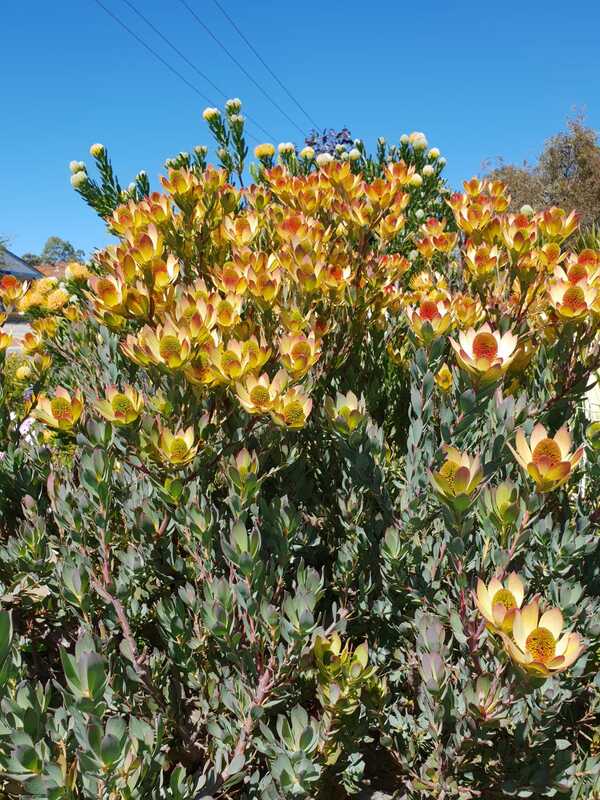
If you’re looking to bring a touch of the fynbos into your garden, here are a few tips:
Choose the Right Spot
This sun-loving plant thrives in well-drained, sandy soils and prefers full sunlight. Avoid heavy clay soils, which can cause root rot.
Water Wisely
Once established, Leucadendron discolor is drought-tolerant. Water sparingly and only during prolonged dry spells.
Prune for Shape
To encourage bushy growth, prune back the plant after flowering. Avoid cutting into old wood, as it may not regrow.
Fire Mimicry for Seeds
If propagating from seed, simulate fire by lightly scorching the seed coat or soaking it in hot water before planting.
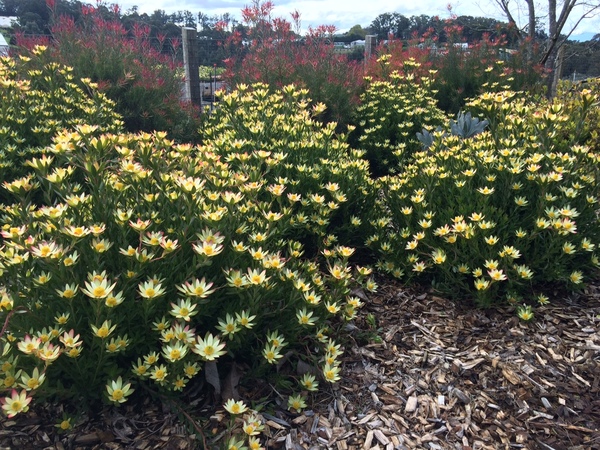
Leucadendron discolor is more than just a shrub—it’s a story of survival, resilience, and vibrant beauty. Its colorful display, ecological significance, and adaptability make it a true icon of the fynbos biome. Whether seen in the wild or cultivated in a garden, this plant never fails to inspire awe and admiration.
So next time you spot this “colorful conebush,” take a moment to appreciate its role as both a natural work of art and a guardian of the unique and precious fynbos ecosystem.
animal tags: Proteaceae
We created this article in conjunction with AI technology, then made sure it was fact-checked and edited by a Animals Top editor.